This is mainly a Guitar but with a lot of unique features like an illuminated Fretboard and actuators to excite the strings.
Motivation
My two main driving forces to invent and build things are music and education. Often, my projects are to some extend usable in both areas. The ElektroCatser is a perfect example of that.
(Hardware-)Features and Design Goals
Here are some specs and design goals I have/had in mind when building the ElekroCaster. This list will evolve.
- Maker friendly construction (3d-printer, CNC-Router, Vslots)
- Modular construction and easy access to the electronics to make it a smooth prototyping platform (You'll be in like Flynn!)
- Parametric OpenScad modelling (changable string count, scale, space between strings,...)
- Playable like a normal electric guitar
- Fully controllable RGB-Led-iluminated Fretboard (Only the first 17 frets for now, but easily exendable)
- Touch-sensing-frets
- Long scale (700mm) for low tunings
- Two micros, one for audio an one for everything else.
- Per string signal path
- hexaphonic pickup
- hex-preamp
- Teensy 3.6 microcontroller
Here are some video Demos:
To learn more about this project and the design process, take a look at my project logs:
Designing the Control Interface
Openness
This project is fully open source. It uses only open source libraries and all the design files can be opened with open source design tools. A git repository is also on the way to make this project better to collaborate.
 Frank Piesik
Frank Piesik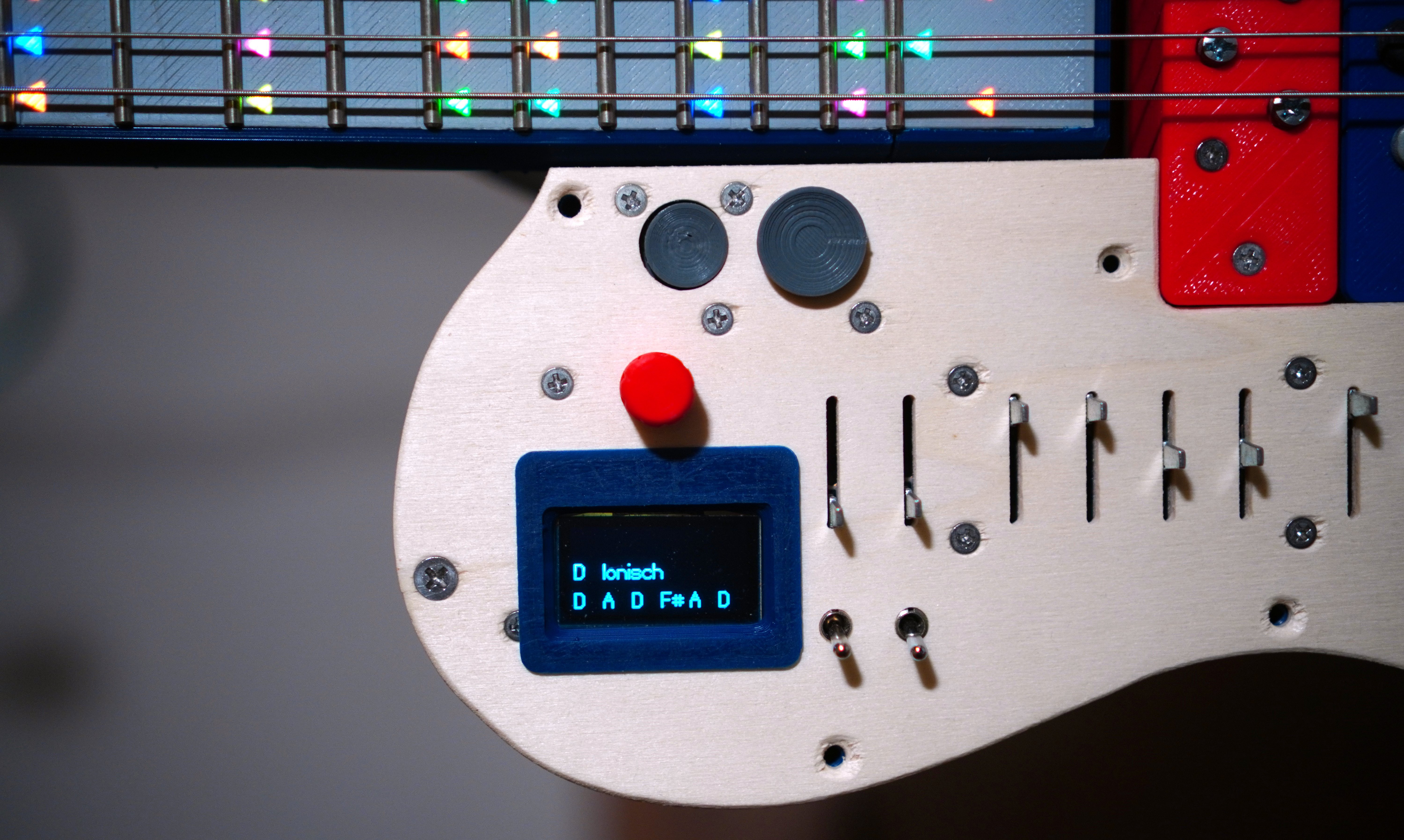
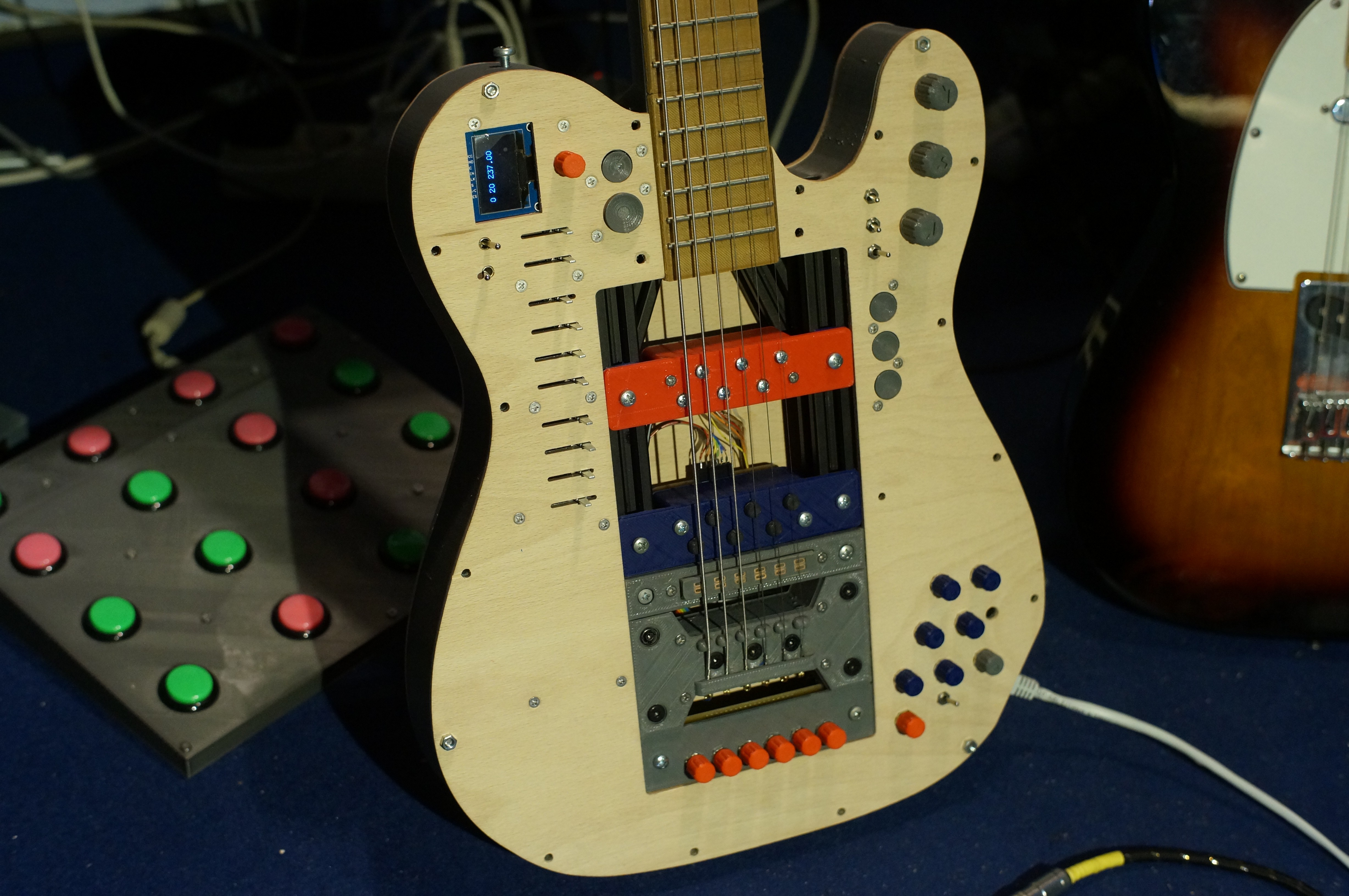


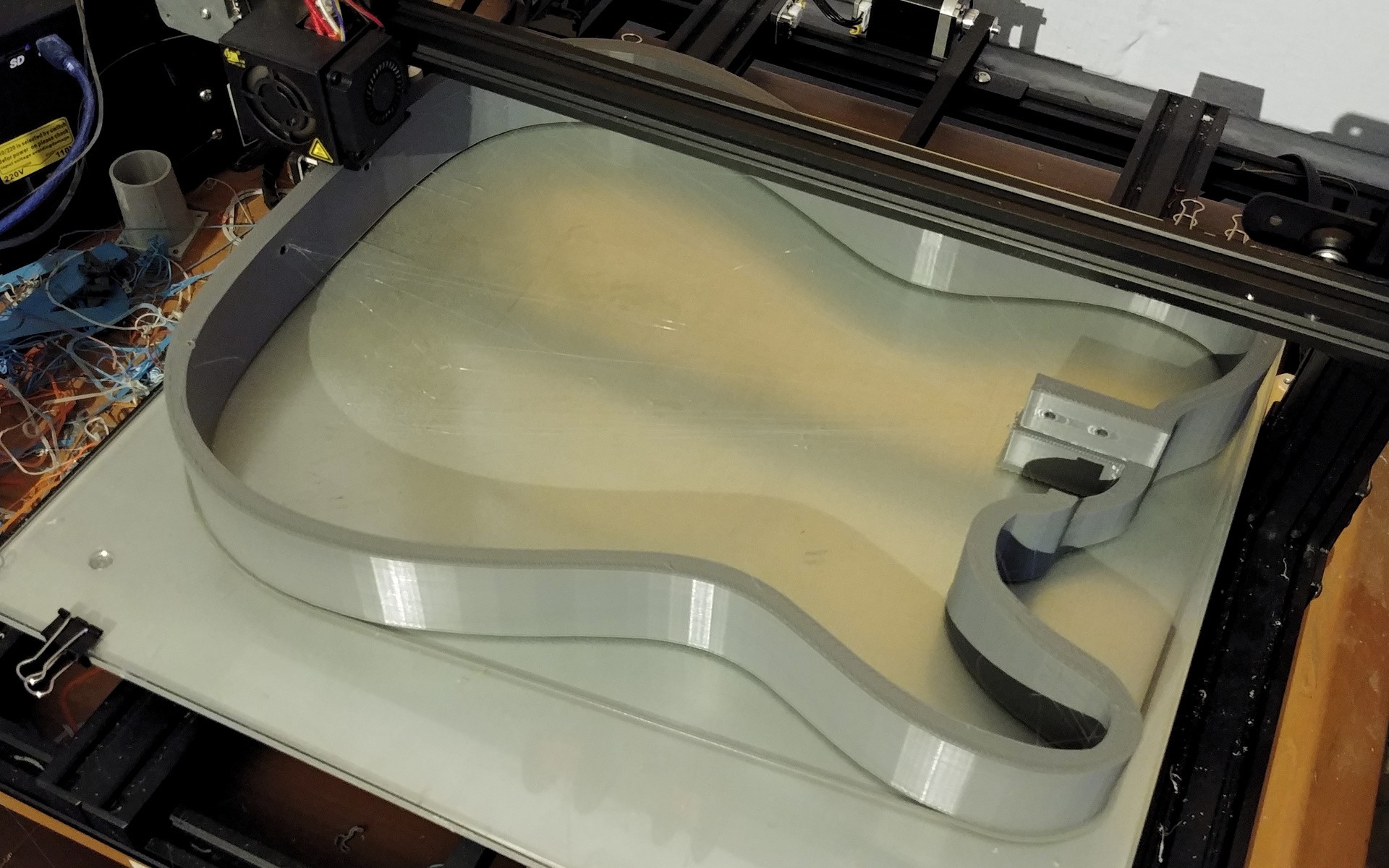
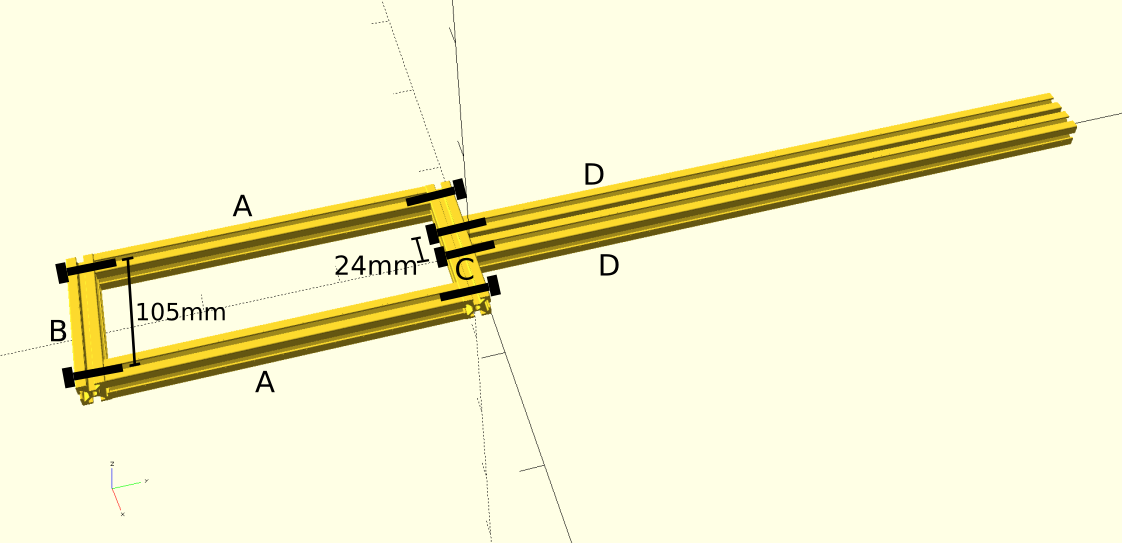
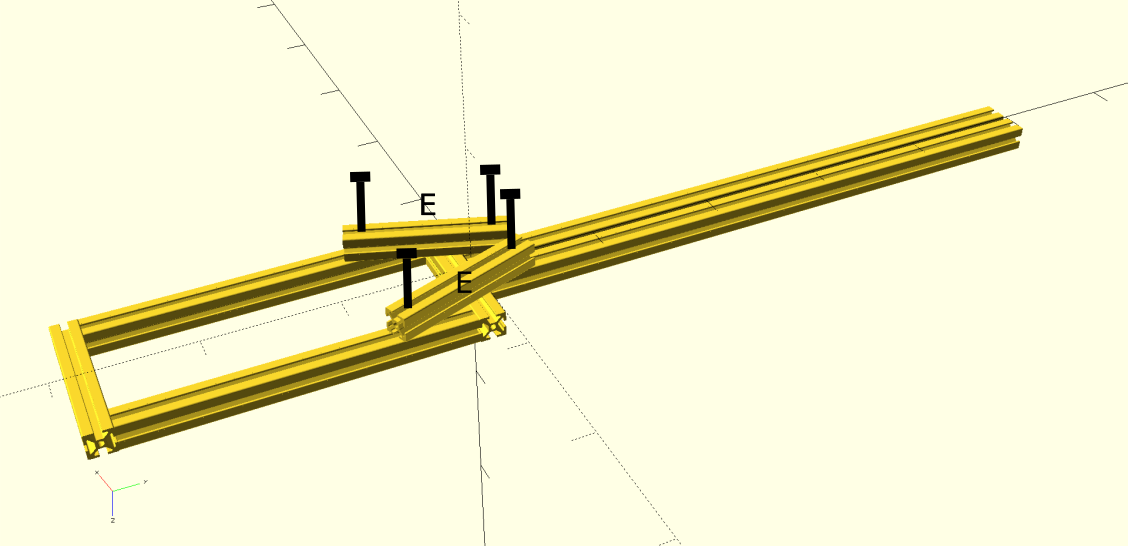


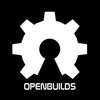

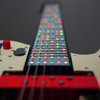

 Owen Trueblood
Owen Trueblood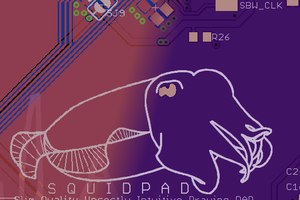
 Arthur Admiraal
Arthur Admiraal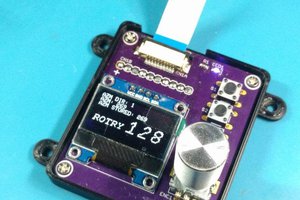
 CriptasticHacker
CriptasticHacker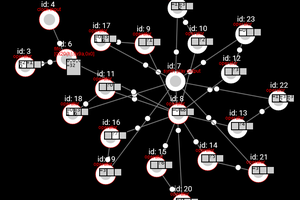
Absolutely awesome Frank! The possibilities are endless. If you can get the platform out there and an SDK to make it easy for anyone to develop, it would do for the guitar world what the PC did for the IT industry. Maybe hardware kits while you sort out a finished product??